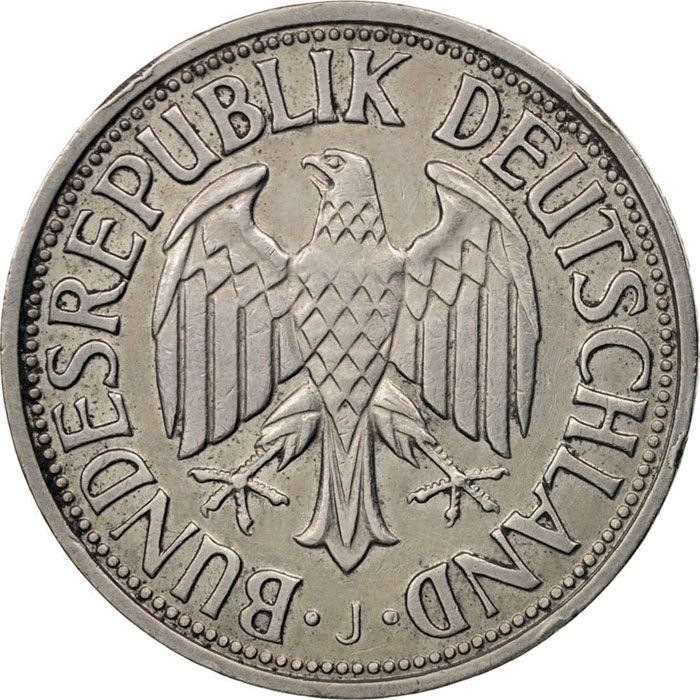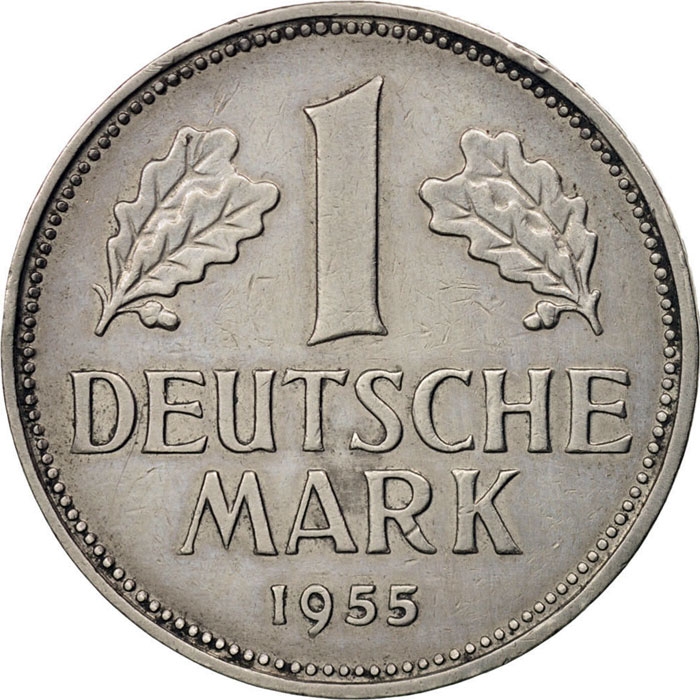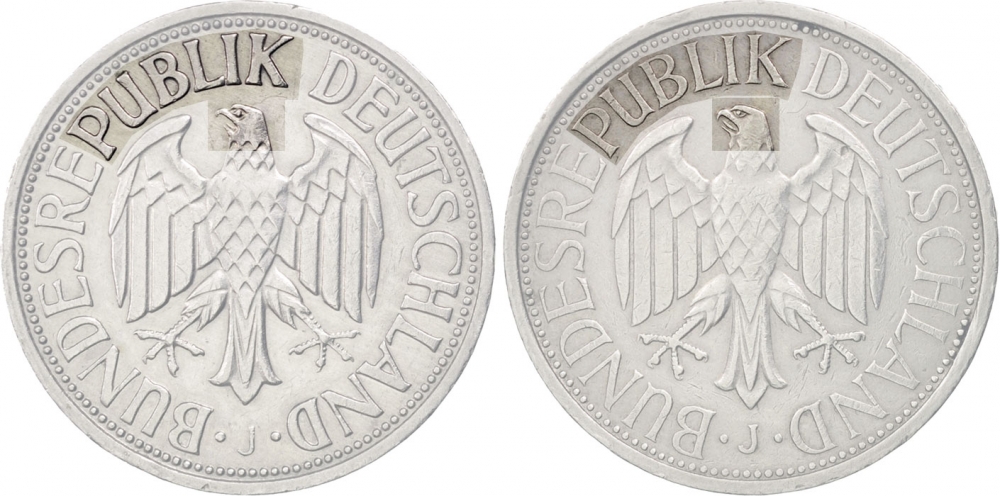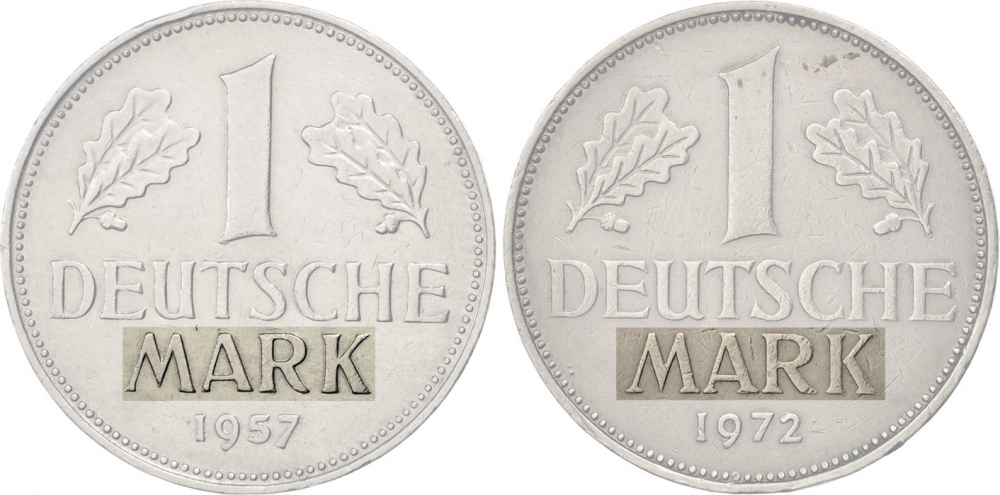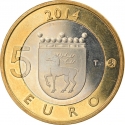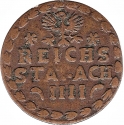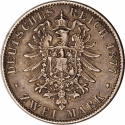You are about to finish your registration. Please check your mailbox (including spam folder). There should be a letter with a confirmation link. Check setting to make sure that your e-mail address is correct.
Send letter againDescription
Variations:
Type A: Obverse 1: tongue near lower beak, large eyeball, thicker letters; Reverse 1: thicker letters with smaller base
Type B: Obverse 1: tongue near lower beak, large eyeball, thicker letters; Reverse 2: thinner letters with larger and more detailed base
Type C: Obverse 2: tongue in the middle, smaller eyeball, thinner letters; Reverse 2: thinner letters with larger and more detailed base
Type D: Obverse 2: tongue in the middle, smaller eyeball, thinner letters; Reverse 1: thicker letters with smaller base
Obverse

|
The coat of arms of Germany displays a black eagle with red feet, beak and tongue on a golden field. This is the Bundesadler or "Federal Eagle", formerly the Reichsadler or "Imperial Eagle". It is a re-introduction of the coat of arms of the Weimar Republic (in use 1919–1935) adopted by the Federal Republic of Germany in 1950. The current official design is due to Tobias Schwab (1887–1967) and was introduced in 1928. BUNDESREPUBLIK DEUTSCHLAND |
|---|---|
Reverse

|
Denomination between oak leaves. 1 |
| Edge |
Smooth with imprints. |
1 Deutsche Mark
KM# 110 Jaeger# 385 Schön# 108
Shop now (1 offer)
Swap now (2 offers)
Characteristics
| Material | Cupronickel |
| Weight | 5.5 g |
| Diameter | 23.5 mm |
| Thickness | 1.75 mm |
| Shape |
|
| Alignment | Medal |
| Mints |
Bavarian Central Mint (D) Berlin State Mint (A) Hamburg Mint (J) Karlsruhe State Mint (G) Stuttgart State Mint (F)
|
